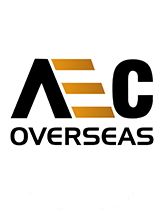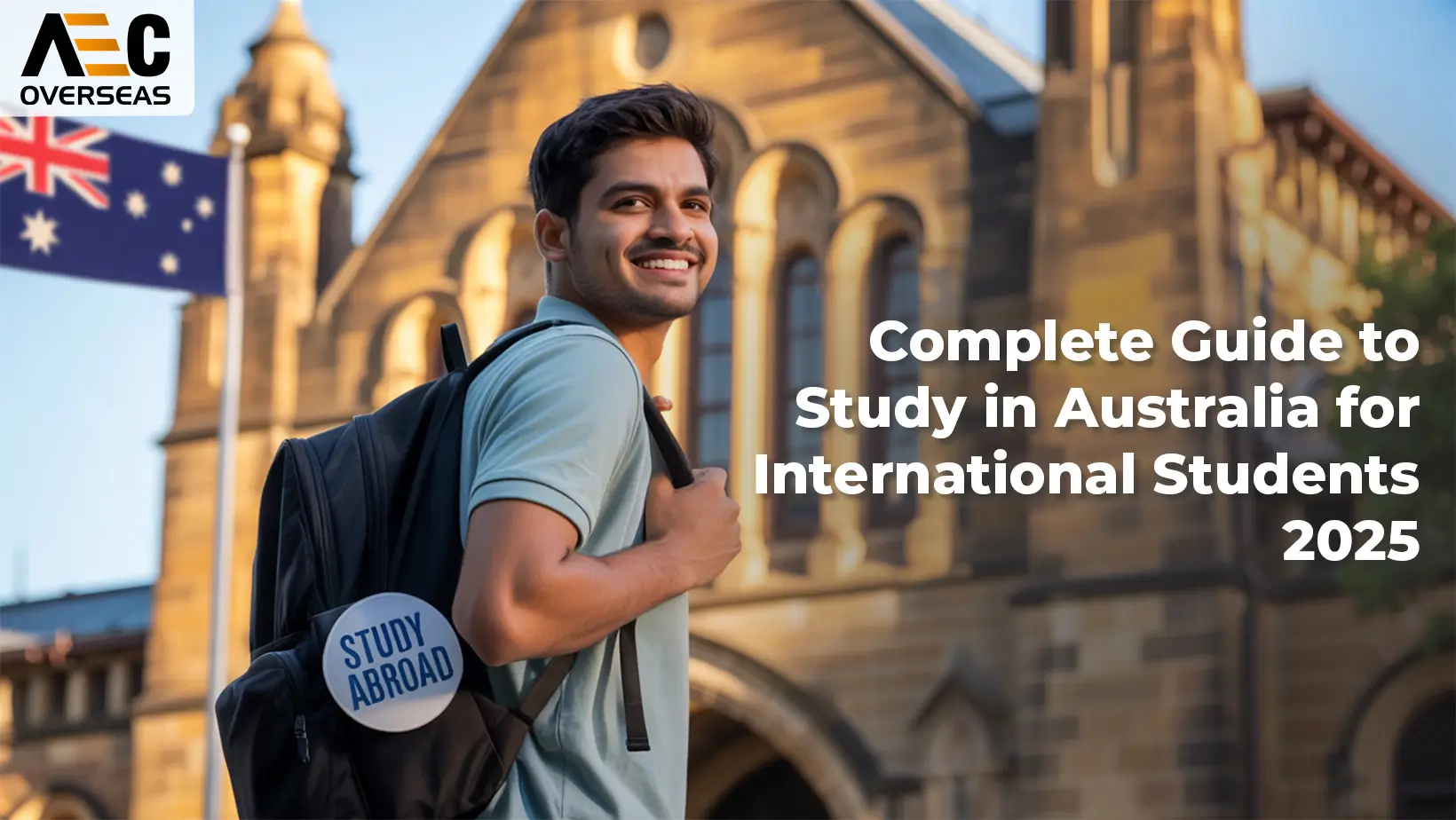Education is one of the most powerful tools for individual growth and societal development. But education doesn’t look the same everywhere. Depending on where you are in the world, how you define education and what it looks like can vary widely.
The types of education system in place across different countries shape everything from how students learn to how societies function. Whether you’re an educator, parent, student, or policymaker, understanding the range of education systems can help you better navigate your options and opportunities.
Get Free Counseling on WhatsApp
Start ChatIn this guide, you’ll learn about the types of education, how they differ, and why it’s essential to understand the system in education globally.
Key Takeaways
- The types of education system vary globally, shaped by culture, economy, and government priorities.
- Education can be categorized into formal, non-formal, and informal education, each playing a distinct role in learning.
- Formal and non-formal education systems both have value and often complement each other.
- Understanding different education systems helps individuals and institutions make informed decisions about learning strategies and educational investments.
- Countries adapt education models to fit their unique needs—there is no one-size-fits-all system.
What Is Education?
Before we break down the systems, let’s start with the basics.
Ready To Study Abroad?
Speak to an Expert – 100% Free
How do we define education? At its core, education is the process of acquiring knowledge, skills, values, beliefs, and habits. It’s not limited to school—it happens throughout life, in many different environments.
Education can occur formally in schools, non-formally in organized community programs, or informally through daily life experiences. The broader view helps explain the many types of education that exist.
Why Are There Different Education Systems?
The education system in each country is shaped by a mix of historical, cultural, economic, and political influences. For example:
- In Finland, the education system emphasizes equality and minimal standardized testing.
- In South Korea, the system is known for its academic rigor and focus on high performance.
- In Kenya, non-formal education programs play a significant role in reaching underserved populations.
Each country tailors its approach to its values, needs, and resources. That’s why understanding these differences is crucial if you’re looking to study abroad, compare policy outcomes, or simply broaden your perspective.
The Main Types of Education
Now let’s get into the main categories of education. Understanding these helps clarify the types of education system and how they function.
1. Formal Education
Formal education refers to the structured, school-based system. It includes:
- Primary education (elementary school)
- Secondary education (middle and high school)
- Tertiary education (college, university, technical schools)
This is the most widely recognized and regulated form of education. It involves a set curriculum, certified teachers, and official accreditation or degrees.
Characteristics of formal education:
- Organized by institutions (schools, colleges)
- Structured by levels and grades
- Assessed by exams or other formal tools
- Ends with certification (like diplomas or degrees)
Formal education systems are often mandatory up to a certain age and are the backbone of national education policies.
2. Non-Formal Education
Non-formal education happens outside the traditional classroom but is still intentional and organized.
Examples include:
- Community education programs
- Adult literacy classes
- Vocational training
- Online certification programs
- Youth workshops and mentorship programs
While it doesn’t always follow a rigid curriculum, non-formal education fills important gaps—especially in places where formal schooling isn’t accessible or sufficient.
Non-formal education is:
- Flexible in content and structure
- Often short-term and skills-based
- Not always tied to age or academic level
- Adaptable to local or community needs
It’s a vital part of the system in education, especially in developing regions or in workforce development programs.
3. Informal Education
This form of education isn’t structured at all. It happens through experience, conversation, media consumption, and personal exploration.
Think of:
- Learning a language by speaking with family
- Picking up skills through watching YouTube tutorials
- Gaining knowledge through travel and social interaction
While not part of a traditional education system, informal education plays a significant role in lifelong learning.
Major Education Systems Around the World
Let’s take a closer look at how different countries organize their education systems. Here are a few prominent models:
1. The American Education System
- K-12 structure: Kindergarten to 12th grade
- Emphasis on standardized testing and local control
- Wide variation in school quality due to district funding
- Broad access to higher education but at a high cost
The U.S. system blends formal education in public and private schools with growing non-formal options like online courses and charter schools.
2. The Finnish Model
- No standardized testing until late secondary school
- High levels of teacher autonomy and respect
- Emphasis on play and student well-being
- Small class sizes and individualized learning
Finland’s education system is often cited as one of the most equitable and effective globally.
3. The Chinese System
- Rigorously structured and exam-driven
- Strong cultural emphasis on academic achievement
- Heavy workload and long school hours
- Centralized curriculum with national standards
China’s formal system is one of the most competitive. Non-formal education like private tutoring also plays a massive role.
4. The German Dual System
- Combines classroom learning with apprenticeship training
- Strong ties between industry and education
- Students choose between academic and vocational tracks after lower secondary education
This blend of formal and non-formal education is effective in preparing students for employment.
5. Education in Developing Countries
In many parts of Africa, Asia, and Latin America:
- Access to formal education may be limited by geography or resources
- Non-formal education fills the gap with community-led or NGO-sponsored programs
- Informal learning remains essential, especially in rural settings
Countries like India and Kenya have made efforts to expand both formal and non-formal education, recognizing that flexibility is key.
Comparing Formal and Non-Formal Education
Let’s break down the key differences and how they complement each other:
| Feature | Formal Education | Non-Formal Education |
| Structure | Highly structured | Flexible and informal |
| Location | Schools, universities | Community centers, online, etc. |
| Curriculum | Standardized | Adapted to learner needs |
| Target Audience | Age-based | All ages |
| Assessment | Exams, grading | Participation, progress-based |
| Certification | Diplomas, degrees | Sometimes certificates |
| Examples | High school, university | Workshops, online courses |
Both systems contribute to an individual’s development, and countries that balance both tend to have more inclusive and effective education systems.
Challenges in Education Systems
Regardless of structure, many types of education systems face similar challenges:
- Access: Remote or low-income areas often lack schools or qualified teachers.
- Equity: Socioeconomic and gender gaps still exist in many parts of the world.
- Quality: Not all education meets standards for effectiveness.
- Adaptability: Systems can struggle to evolve with changing technologies or job markets.
- Funding: Many education programs, especially non formal education, rely on limited budgets or donations.
Governments, NGOs, and private sectors must work together to address these challenges and ensure education remains a fundamental right, not a privilege.
How Education Systems Are Evolving
Modern education isn’t static. Here’s how education systems are adapting:
1. Digital Learning
Online platforms are bridging the gap between formal and non-formal education. Whether it’s university degrees offered remotely or skill-based MOOCs, digital tools expand access.
2. Inclusive Education
Many countries are designing systems that support students with disabilities, language barriers, or diverse learning styles.
3. Skills-Based Learning
The focus is shifting from rote memorization to critical thinking, creativity, and job readiness. This aligns with both formal school reforms and non-formal vocational programs.
4. Cross-Cultural Exchange
As globalization increases, schools adopt elements of different systems, such as bilingual education or international curricula like the IB (International Baccalaureate).
Final Thoughts
The world is home to a wide variety of education systems. Some emphasize exams and structure; others lean into flexibility and real-world skills. By understanding the different types of education—formal, non-formal, and informal—you gain insight into how people learn across the globe.
There’s no single “best” system. Each country adapts its approach to meet its unique cultural, economic, and societal needs. What matters most is that education—no matter its form—is accessible, inclusive, and empowering.
If you’re involved in education policy, school administration, or even just planning your own learning journey, this knowledge helps you make smarter, more informed decisions. Because at the end of the day, education—however it’s delivered—is about opening doors and building better futures.







